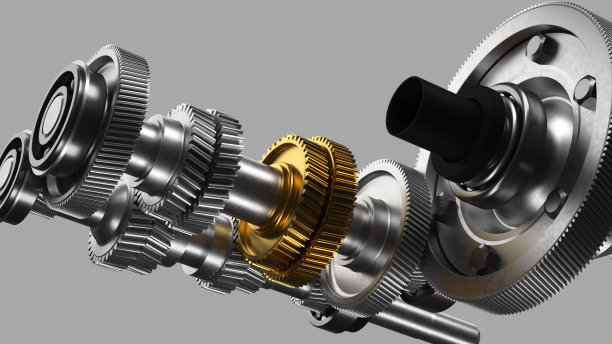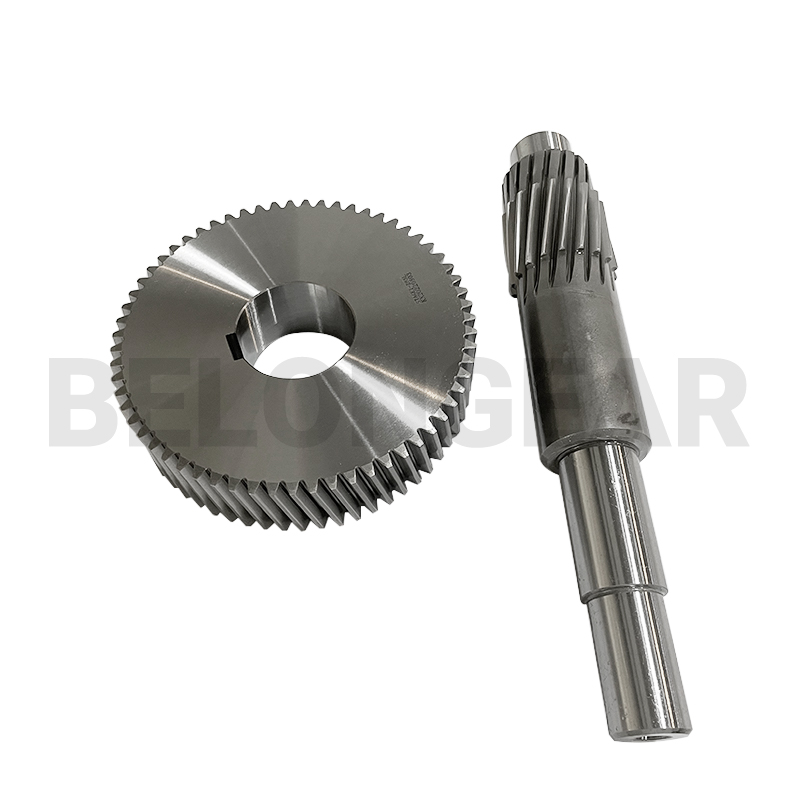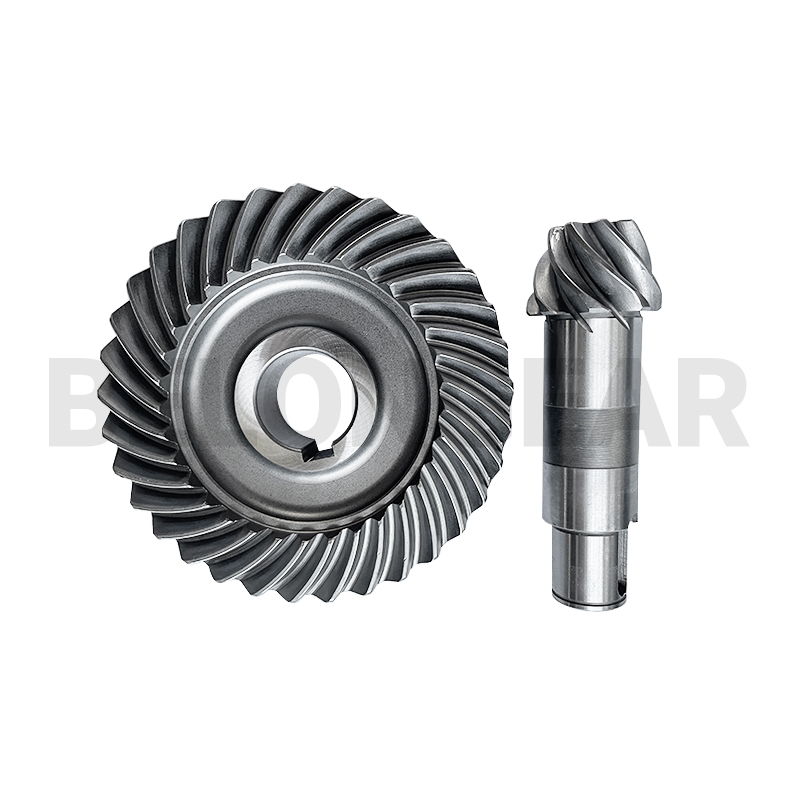
In automotive engineering, various types of gears are crucial for efficient power transmission and vehicle control. Each gear type has a unique design and function, optimized for specific roles in a car’s drivetrain, differential, and steering systems. Here are some of the main types of gears found in cars:
1. Spur Gears:
Spur gears are the simplest and most commonly used gears, featuring straight teeth that mesh together on parallel shafts. These gears are often used in manual transmissions to shift power between different gears. Although spur gears are efficient and easy to manufacture, they generate more noise and vibrations, making them better suited for lower-speed applications.
2. Helical Gears:
Helical gears have angled teeth, which provide smoother and quieter operation than spur gears. The angled design allows for gradual engagement between teeth, reducing vibration and noise, especially at high speeds. Helical gears are often found in modern automatic transmissions and are favored for their durability and efficiency under high loads.

3. Bevel Gears:
Bevel gears have cone-shaped teeth and are typically used to change the direction of power between intersecting shafts. In cars, bevel gears are used in differentials to transfer power from the driveshaft to the wheels, allowing them to rotate at different speeds during turns. This design ensures stability and traction, especially on uneven terrain or while cornering.
4. Hypoid Gears:
Similar to bevel gears but with an offset design, hypoid gears allow for higher torque transmission and quieter operation. Hypoid gears are a key component in rear-wheel-drive vehicles, where they help lower the driveshaft position, reducing the vehicle’s center of gravity for improved stability. This unique offset also enhances strength and durability, making hypoid gears ideal for high-performance applications.

5. Rack and Pinion Gears:
Rack and pinion systems are essential for steering mechanisms in most modern vehicles. The pinion gear rotates with the steering wheel and engages with the rack to convert the rotary motion of the wheel into linear motion, allowing precise steering control. Rack and pinion systems are appreciated for their responsive feel and reliability, especially in compact and efficient vehicle designs.
6. Planetary Gears:
Planetary gears, also known as epicyclic gears, consist of a central sun gear, multiple planet gears, and an outer ring gear. This complex system is commonly used in automatic transmissions to achieve different gear ratios within a compact space. Planetary gears offer high torque capacity and are known for their smooth, efficient power distribution.
Each of these gear types plays a specialized role in a vehicle’s functionality, from power transmission and torque management to precise steering. Together, they enhance vehicle performance, efficiency, and safety, making gears a foundational element in automotive design.
Post time: Nov-13-2024




